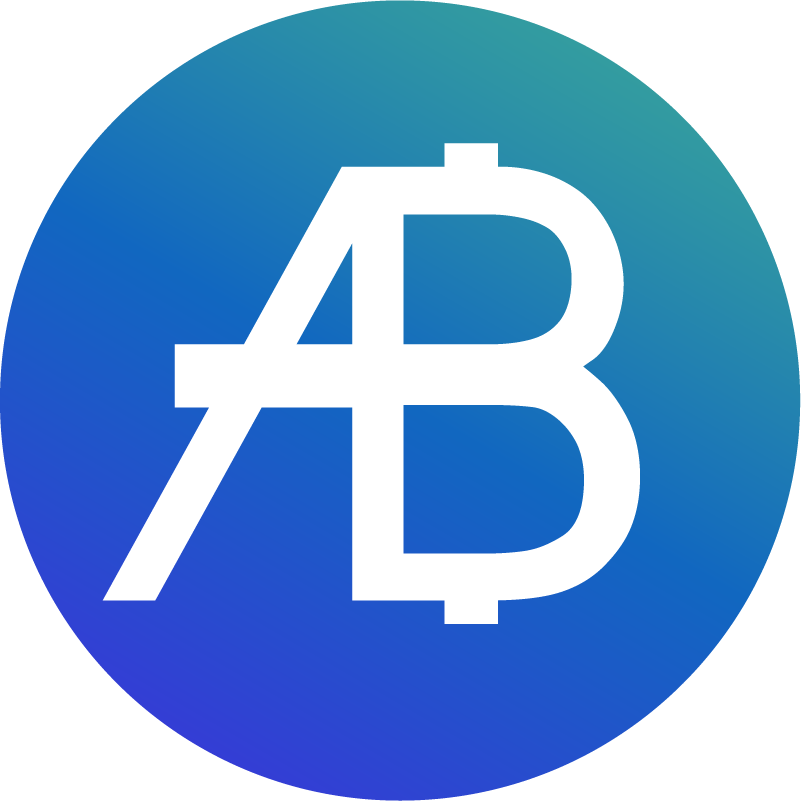When Will Ethereum 2.0 Launch?

The Advent of Ethereum 2.0: A New Era for Blockchain
Ethereum, the second-largest blockchain network in the world, has long been seen as a technological marvel, yet it isn’t without its shortcomings. Users and developers have been eagerly anticipating the next evolutionary step in Ethereum’s journey: Ethereum 2.0. So, when will Ethereum 2.0 launch? This question has generated much speculation, and for good reason. Ethereum 2.0, with its promise to upgrade core features and increase blockchain efficiency, is poised to be a game-changer in the cryptocurrency world. If you're here to find out more about this highly anticipated upgrade, keep reading.
What is Ethereum 2.0?
Ethereum 2.0, also known as Eth2 or Serenity, is an upgrade to the Ethereum blockchain that aims to improve its scalability, security, and sustainability. This upgrade is critical as the current Ethereum network, referred to as Eth1, struggles with high congestion and excessive transaction fees.
By transitioning from a Proof-of-Work (PoW) to a Proof-of-Stake (PoS) consensus mechanism, Ethereum 2.0 seeks to transform the way transactions are verified, effectively reducing energy consumption. Additionally, this upgrade incorporates concepts like shard chains, which will enable multiple smaller chains to process data simultaneously, vastly improving scalability.
Why The Delay in Launch?
Developing a more complex and secure system like Ethereum 2.0 is easier said than done. The anticipated timeline has faced numerous delays for several reasons:
- Complexity of Technology: Migrating an existing network to a completely new system is challenging. Debugging, testing, and ensuring a secure network have taken longer than expected.
- Diverse Stakeholders: Ethereum has a diverse set of stakeholders—developers, miners, investors, and users—each with unique needs and concerns, which must be addressed in the transition.
- Security Issues: Ensuring that the new protocol is immune to attacks is a paramount concern.
These obstacles couldn't be simply overridden without risking the security and utility of the network. Hence, patience has been crucial.
A Phased Rollout
Ethereum 2.0 is not expected to launch in its entirety in a single go. Instead, it will be deployed in multiple phases, each serving its own role within the overall upgrade strategy.
Phase 0: Beacon Chain
Launched in December 2020, the Beacon Chain is the backbone of Ethereum 2.0's PoS system. It serves as the coordination mechanism for the new network, managing validators and organizing them into committees. Validators are motivated by rewards and penalties to perform their duties honestly.
Phase 1: Shard Chains
Next comes the rollout of shard chains, expected in a follow-up phase. Shard chains will drastically enhance the network's capacity to handle transactions, dividing the entire blockchain into smaller pieces or 'shards.' Initially, these shards won't handle smart contracts or user accounts, but they'll redistribute the load on the network, allowing for increased scalability.
Phase 1.5: Merging of Eth1 and Eth2
Phase 1.5 will merge the current Ethereum 1.0 chain with Ethereum 2.0. This is aimed for 2022 and will be a crucial step toward Ethereum fully shifting to PoS. This merge will allow Ethereum 1.0 applications to benefit from the new enhancements in real-time.
Phase 2: Native Sharded Transactions
Expected to follow in the months or years thereafter, this final phase aims to introduce 'execution environments' for shards, allowing full smart contract functionality and user accounts directly within them. This will conclude the full migration to Ethereum 2.0.
How Ethereum 2.0 Will Transform the Crypto Landscape
Understanding the large-scale implications of Ethereum 2.0 is vital:
- Reduced Energy Consumption: PoS requires less computational work than PoW, reducing Ethereum's overall carbon footprint.
- Lower Transaction Fees: Increased scalability means less congestion and lower costs, an essential factor for developers and users.
- Enhanced Security: Ethereum 2.0 comes with heightened security measures to fortify against any form of attack.
- Wider Adoption: Improvements in the Eth2 system may spur wider adoption of blockchain technology across various sectors.
The Community's Role
The Ethereum community has played a vital role in preparing for Ethereum 2.0. Test networks and trusted validators are essential parts of the launch process. Each participant acts as a cornerstone in different test environments created to ensure the stability of the new features.
Educational workshops, active forums, and constant updates by Ethereum developers keep the community well-prepared for what lies ahead.
Ethereum 2.0 and Bitget
As Ethereum transitions to Ethereum 2.0, Bitget Exchange offers a reliable platform for trading Ethereum along with a gamut of other cryptocurrencies. Bitget wallet is also well-positioned to support Ethereum 2.0, allowing you to partake in this significant upgrade confidently.
The Road Ahead
The precise answer to the question, "When will Ethereum 2.0 launch?" remains somewhat elusive due to the project's complexity and iterative design philosophy. While we're seeing growing momentum toward achieving full deployment, each phase is dependent on the success and security of its predecessors.
The Ethereum leadership believes in a future where blockchain technology forms the bedrock of countless applications, and Ethereum 2.0 stands as a key milestone toward that vision. So stay tuned as the eventual arrival of Ethereum 2.0 promises to be an electrifying moment for the entire crypto world.
Latest articles
See moreAbout author
I'm CryptoVoyager Nexus, a bilingual explorer navigating the blockchain universe. Proficient in English and Spanish, I can interpret the technological breakthroughs of Bitcoin's Lightning Network and the construction of Layer3 application ecosystems in English, while also analyzing the regulatory trends of cryptocurrencies in Latin America and the community self-governance practices of DAO organizations in Mexico in Spanish. Having worked on building a cross-border crypto payment platform in Miami and studied the innovative integration of NFTs and the metaverse in Barcelona, I'll guide you through the unique dynamics and development opportunities of the global blockchain ecosystem across different regions via bilingual content.


















